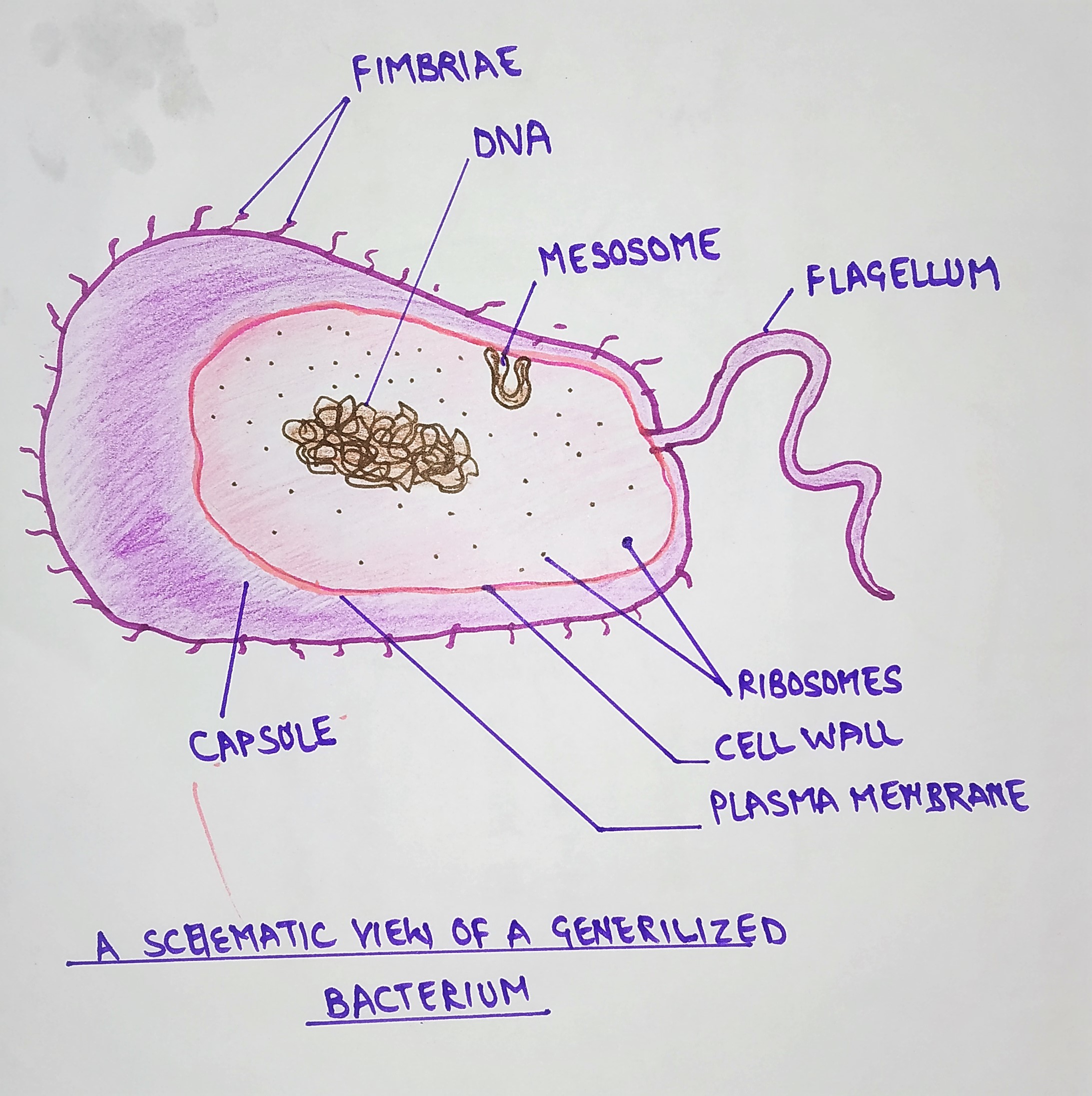

This is akin to the breeding of dogs that look different but they are all still just dogs – some with a loss of genetic information, but none with a gain over the wolves found in the wild.ĭr. Yet many believe that by artificial breeding in the laboratory, they can evolve E-coli to something not yet provided by nature and demonstrate the mechanism for evolution in the process. It continues to do the work in our digestive system that it has done since man arrived on the earth. As far as anyone knows, E-coli are the same organism today as it was when life began. E-coli are usually depicted in the evolutionary tree of life as descending from the same common ancestor as cyanobacteria and of similar age. That means of course, that inorganic molecules had to jump across the gap from non-life to life producing an organism that could replicate itself forever (until extinction) in one incredibly complex step.Ĭyanobacteria is purported to have evolved 3.6 billion years ago. Jerry Bergman (Bergman) makes the argument that the smallest amount of information necessary for non-parasitic life is probably close to the size and complexity of E-coli though there are simpler procaryotes with smaller genomes. Once the replication of DNA starts, it progresses to completion in one step.ĭr. The E-coli genome is simply one closed loop and there is only one replication start and stop unlike most eucaryote genomes that have many separate chromosomes with much longer sequences and many starts and stops. There are no non-coding DNA sequences in these bacteria despite the evidence for gene duplication and the use of transposons to accomplish their “adaptive” mutations in their genomes.
First photox bacteria evolved 3.6 bya billion years ago code#
There are 4377 genes in the most common type and fully 98% of them encode for proteins and the other 88 genes code for RNA.

The E-coli genome consists of 4.6 million nucleotide pairs making it about one tenth of one percent of the size of the human genome. E-coli motor around using more than one flagellum. Some members of the family are pathogenic to humans of course and that is why sanitation is important. Each of us has about a billion e-coli in our intestinal system – there is a symbiotic relationship between these bacteria and man. 5 Adaptive mutation and other mechanismsĮ-coli is a single celled very common bacteria (Figure 1 and 2) and normally not harmful.

The main theme of this discussion is to show why none of that is true though Dawkins is not the target of the argument presented – he is just the articulator of the more strident evolutionist point of view. He makes the claims that the Lenski experiments are “distressing to creationists” (117) and “this is exactly the kind of thing creationists say cannot happen” (124) and “not only does it show new information entering genomes without the intervention of a designer…it undermines their central dogma of ‘irreducible complexity’” (131). Therein he describes the fascinating Lenski experiments at Michigan State University in a very selective and popularized manner with no discussion of the mechanisms involved. In The Greatest Show on Earth (Dawkins) he purports to provide the definitive evidence that microbes can evolve into microbiologists. In fact, the latest offering by the atheist pop writer Richard Dawkins continues his provocative and insulting tirade against intelligent design and creationism. In recent times, the observations during experiments on bacteria, especially Escherichia coli (E-coli), have been declared as “evolution in action”. Their ability to reproduce rapidly and to create huge numbers overnight makes them all the more useful. Credit: Nicolle Rager Fuller, National Science Foundation source: have amazing and unique capabilities which make them interesting candidates for research on evolutionary mechanisms. These flagella form bundles that rotate counter-clockwise, creating a torque that causes the bacterium to rotate clockwise. Figure 2: Escherichia coli cells use long, thin structures called flagella to propel themselves.


 0 kommentar(er)
0 kommentar(er)
